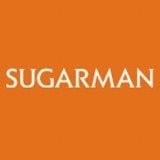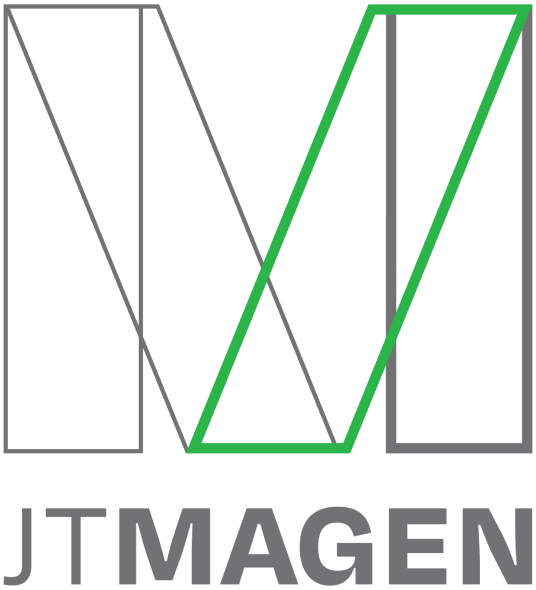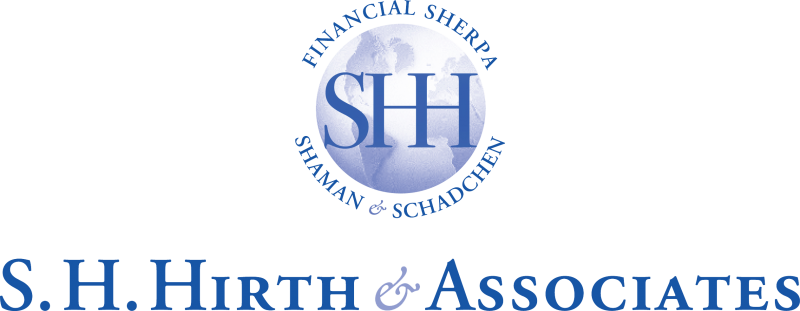Desktop as a Service (DaaS) is growing in popularity, a trend accelerated by the pandemic. Research firm Gartner projected that the global DaaS market will expand by 253% from 2021 to 2024. While many companies understand that switching to DaaS can provide benefits like enhanced flexibility, efficiency, and cybersecurity, some are unsure of how exactly it works and apprehensive about leaping into new territory. Below is a primer on how DaaS works and what’s involved in transitioning to a DaaS solution.
What Is DaaS?
Desktop as a Service (DaaS) is a cloud-based computing solution in which a service provider securely streams virtual desktops to end users over the internet. A company will usually pay a monthly per-user subscription fee to contract for DaaS with a cloud provider, which will typically cover all back-end management services for the company, including data storage, backup, system maintenance, software updates and upgrades, technical support, and multi-faceted security functions, including firewalls, encryption, and monitoring.
What Are the Benefits of DaaS?
With DaaS, users can securely access their familiar, customized Windows desktop from any device, including laptops, desktops, smartphones, and tablets. Users’ screens look exactly the same as they did before the transition, so there’s nothing new for employees to learn. Further, users will be able to access the same applications, network share drives, and files no matter which device they use.
With the pandemic rapidly accelerating a trend toward hybrid workplaces, companies require more flexibility from their computer systems. DaaS allows employees to log on in one location and pick up exactly where they left off from another location, without worrying that they left the latest file on their other computer or that this device does not have the same applications. All connections are made within the cloud provider’s secure cloud environment, allowing for elastic security that stretches beyond your company’s walls to wherever employees are working – from their desk at home to the train to a client’s office.
Further, DaaS provides scalability, allowing growing companies to hire new employees without investing in computer hardware. The DaaS provider simply adds users to the subscription.
How Do You Get DaaS?
Growing interest in DaaS has led to an increase in providers that offer the service, but not all DaaS providers are created equally. It is important to carefully vet vendors and get detailed proposals from at least three finalists so that you can compare services, security practices, costs, and other criteria.
Before choosing a provider, make sure the company performs a thorough audit of your systems to ensure your current applications will be compatible with the new DaaS environment. In addition, ask the provider if you can test the environment to test your business critical applications and confirm that the integration will be successful.
The DaaS provider will create a data-migration plan to transfer of your data, and applications from your in-house server (or another cloud provider) to the DaaS provider’s private cloud. Because the provider will store your data and support processing, you will no longer need bulky servers and hardware.
Once the New System Goes Live
When the new system goes live and your employees log on, their Windows desktop will look the same as it did on the former system, and they will be able to access all their files. In addition to handling technical support, a good cloud provider will proactively monitor the system to troubleshoot potential problems before they arise, preventing interruptions to your business and enhancing productivity.
Our DaaS Solution
Boxtop is an innovative cloud-based DaaS solution that Tabush Group designed specifically for small and midsize law firms. Boxtop includes Windows desktops, storage, backups, security, unlimited technical support, and multifaceted security features, including 24x7x365 monitoring. Tabush Group delivers comprehensive IT services, allowing law firm leaders to focus on growing their practice. Contact us for more information or a demo.








